90,000-Year-Old Human Hybrid Uncovered in Ancient Caves
Ninety thousand years ago, a young girl lived briefly in a cave nestled in the Altai mountains of southern Siberia.
Though her life was cut short in her early teens, she occupies a significant place in human evolution as the first known hybrid of two distinct ancient human species: Neanderthals and Denisovans.
Discovery Sheds New Light on Human Evolution
Her remains, unearthed by researchers this past summer, are the subject of a study published in Nature.
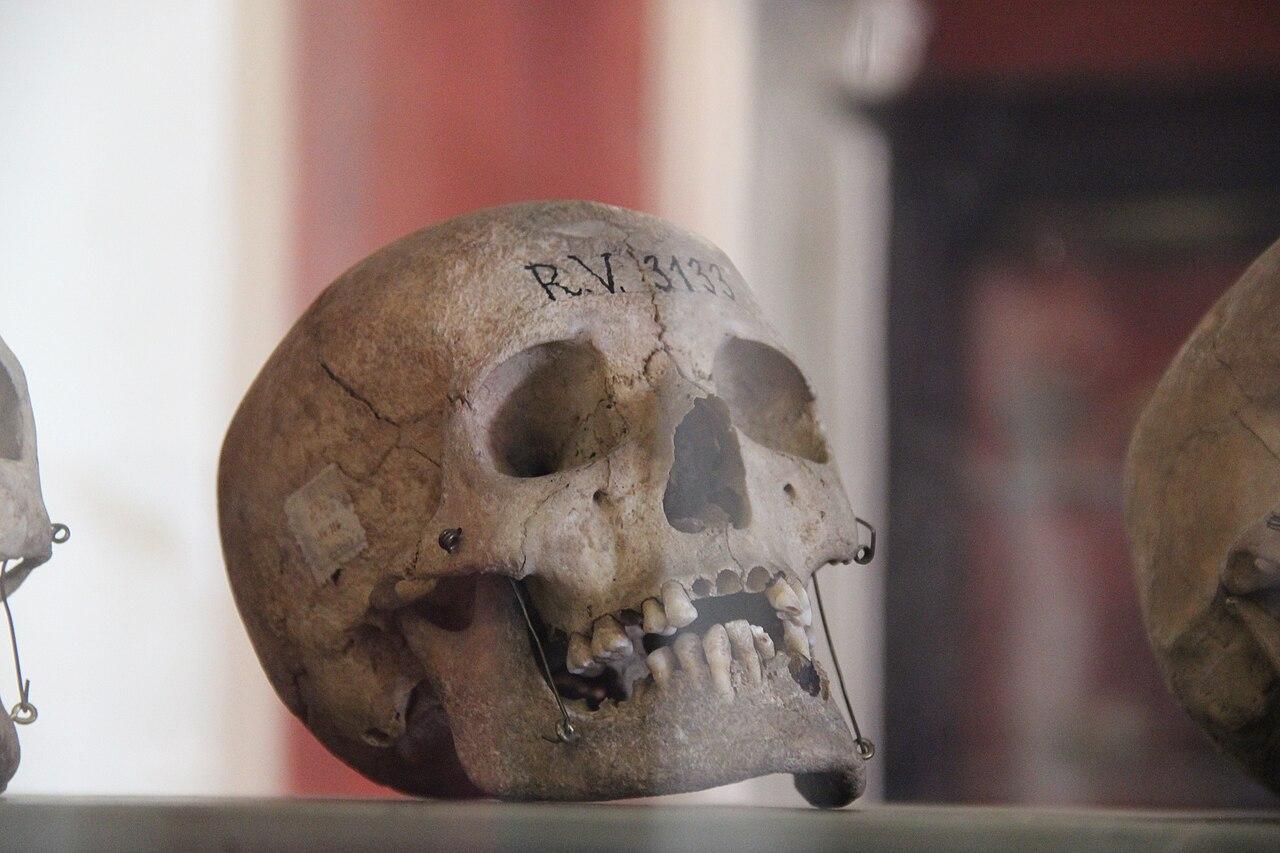
Source: Wikimedia
This research reveals new insights into human evolution and the interactions between our ancient relatives.
A Forgotten Branch of Humanity
Homo sapiens are not the only human species to have walked the Earth; until relatively recently, we shared the planet with our evolutionary relatives, the Neanderthals and Denisovans.
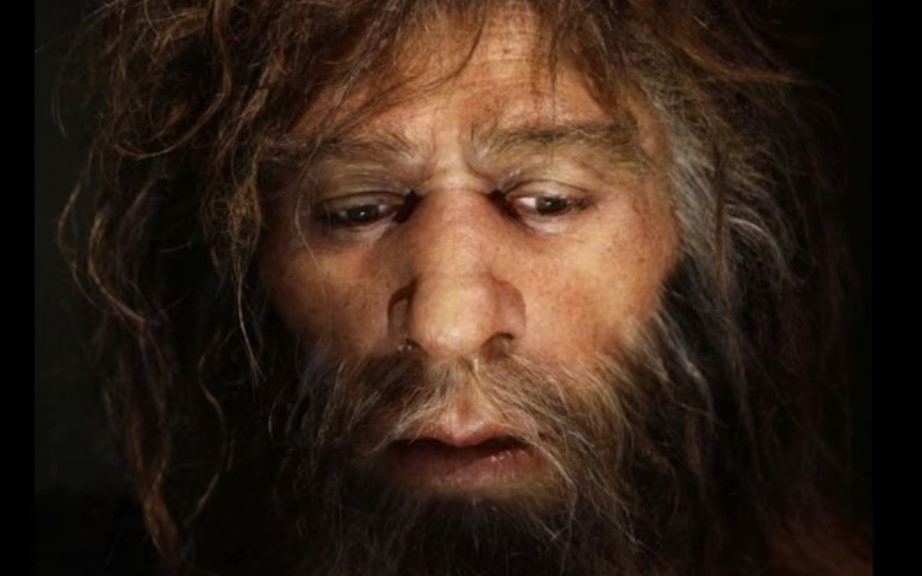
Source: Moneycontrol
While Neanderthals are widely known, Denisovans remain relatively obscure. Discovered only in 2010, the Denisovans are still a mystery, with so few fossils that their appearance remains unknown.
A Vanishing Species
It’s believed they disappeared around the same time as the Neanderthals, roughly 40,000 years ago.
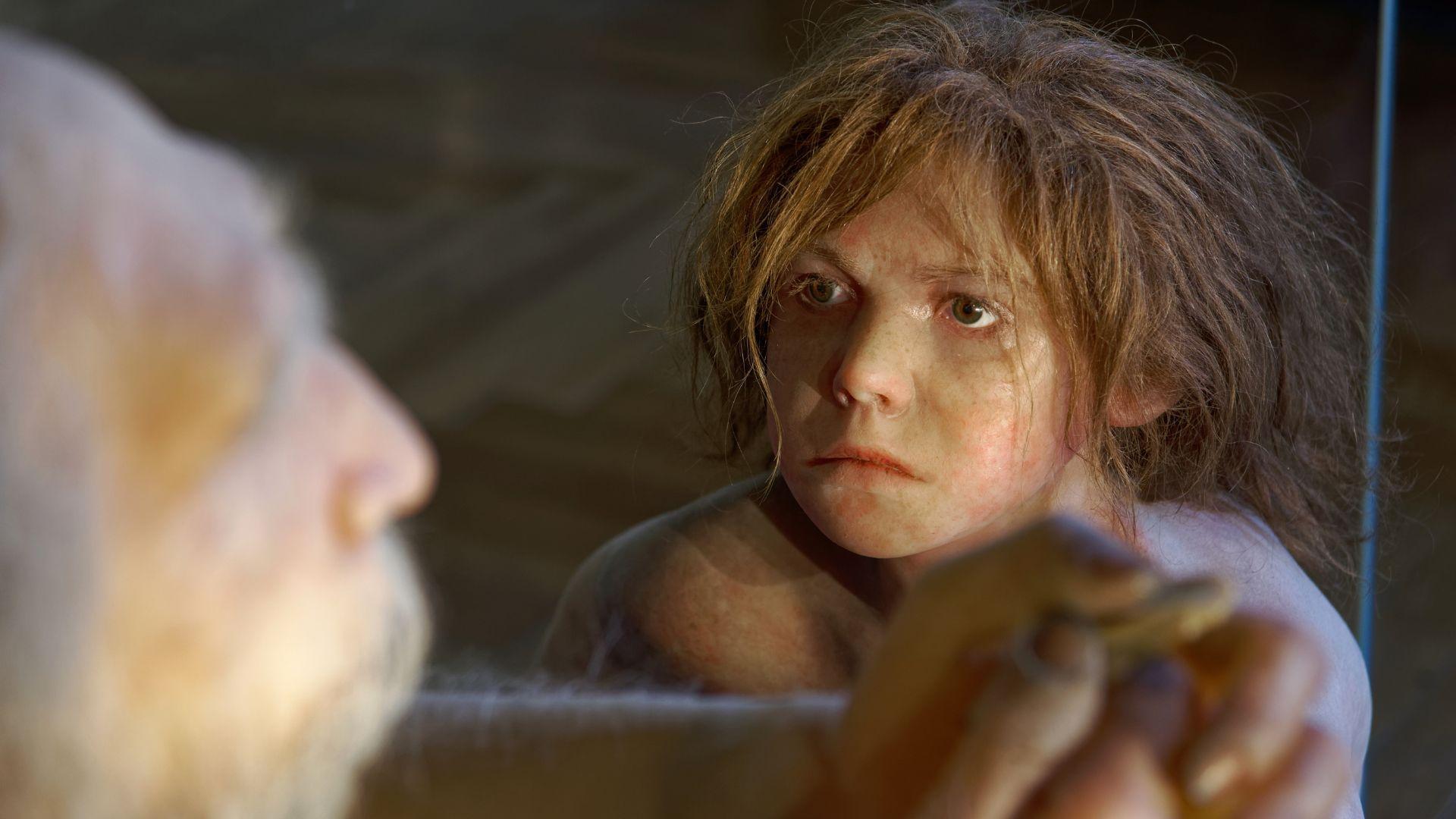
Source: Jakub Hałun/Wikimedia Commons
The hybrid human, designated Denisova 11, marks just the fifth Denisovan fossil ever discovered, making her mixed heritage particularly intriguing.
Limited Clues from a Small Fragment
The researchers found only a small bone fragment, which, along with the other Denisovan remains, offers limited insight into these ancient people.
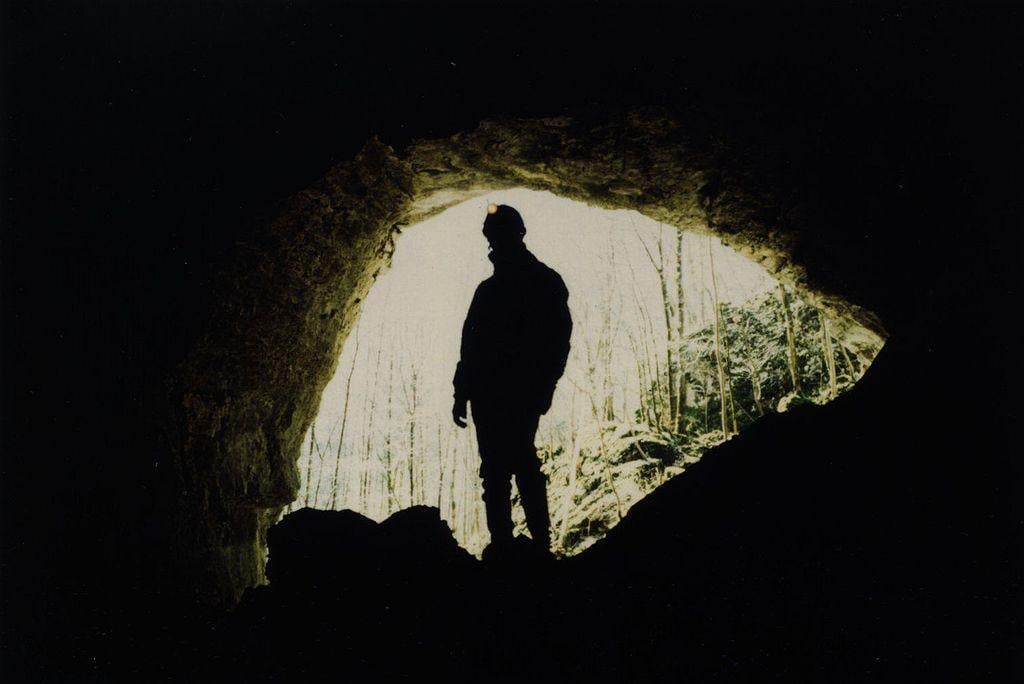
Source: Wikimedia
Yet, we know this girl had parents from two different species and likely lived among both in the cave.
The First Known Denisovan
The first identification of a Denisovan individual was in 2010 when researchers extracted DNA from a juvenile female finger bone excavated from the Siberian Denisova Cave in the Altai Mountains.

Source: Wikimedia
While the Denisovan is closely related to Neanderthals, there are distinct differences that piqued researchers’ curiosity.
The Treasure in the Denisova Cave
An excavation in the Denisova Cave revealed more fossils belonging to Denisovans. A set of molars indicated that the male Denisovan to whom they belonged inherited 5% of his genome from an ancient, previously unknown population of Neanderthals that inhabited the cave years earlier.

Source: Wikimedia
Data presented by population geneticist Stéphane Peyrégne suggests that Denisovans interbred multiple times with Neanderthals before replacing them.
Limited Resources to Understand These Ancient Humans
“We aim to find out where they lived, when they came into contact with modern humans—and why they went extinct,” says Katerina Douka of the Max Planck Institute in Jena, Germany, and a visitor at Oxford University.
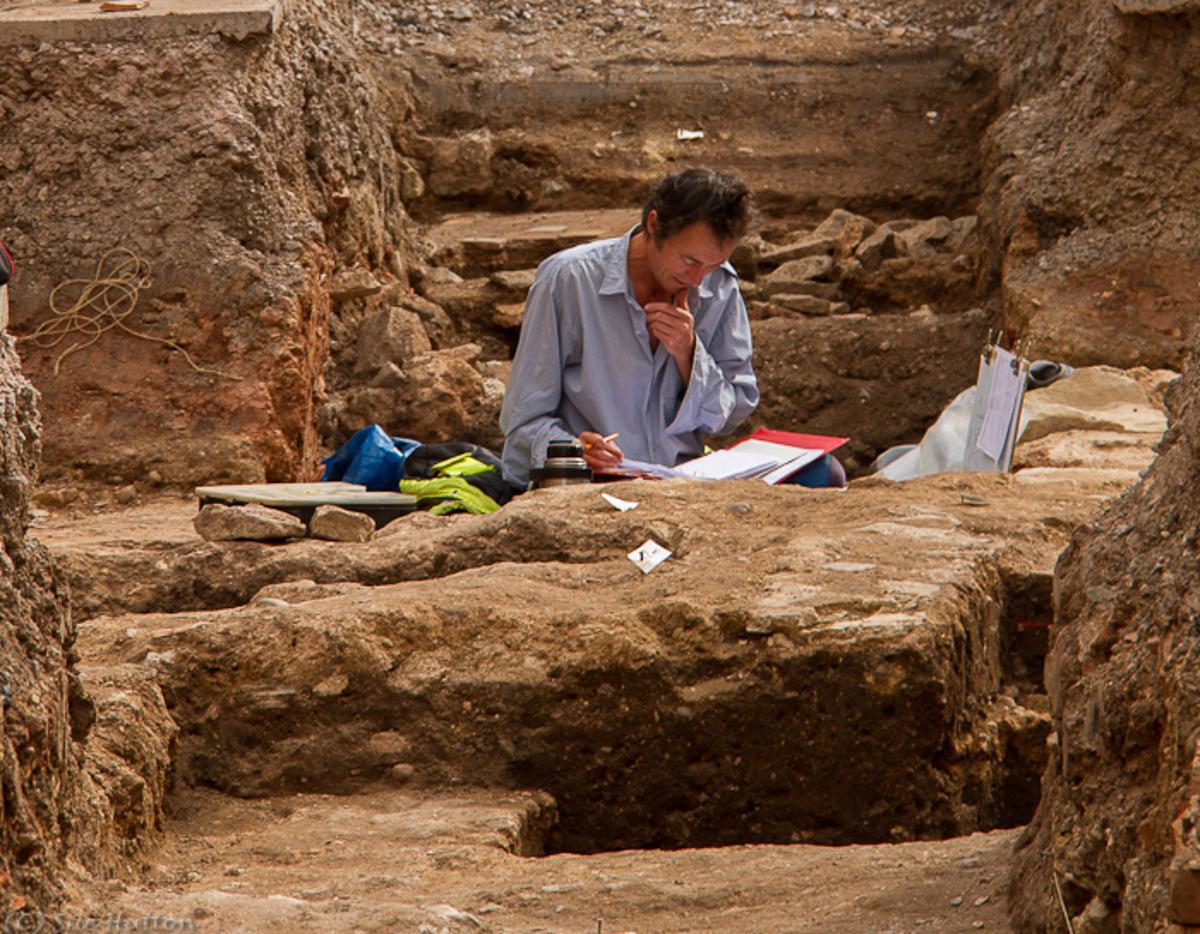
Source: Wikimedia
Research into Denisovans faces a fundamental problem: only a handful of fossils have been unearthed from a single site.
A Rich Site
“It is a wonderful site,” says Tom Higham, deputy director of Oxford University’s Radiocarbon Accelerator Unit and an adviser to Finder.
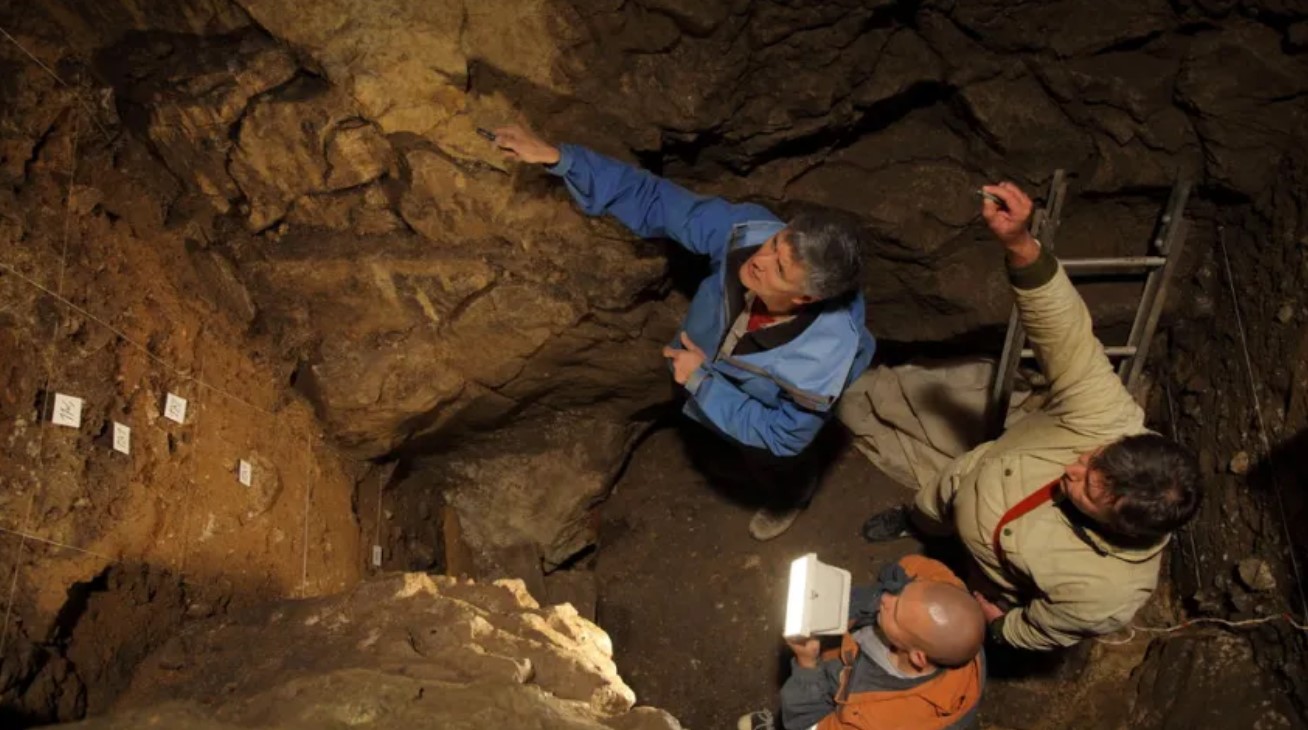
Source: Organically Human
“It is cool inside, so DNA in bones does not disintegrate too badly. However, nearly all the bones there have been chewed up by hyenas and other carnivores.”
What Did Denisovans Look Like?
Scientists have since identified some Denisovan DNA in living humans, including in Papuans and Han Chinese individuals. However, the limited evidence makes it difficult to determine what Denisovans truly looked like.

Source: Wikimedia
Researchers note that Denisovans had larger molars than Neanderthals and a robust lower face.
A Genetic Revelation
DNA sequencing of the bone fragment revealed that Denisova 11’s chromosomes were evenly split between Denisovan and Neanderthal origins.
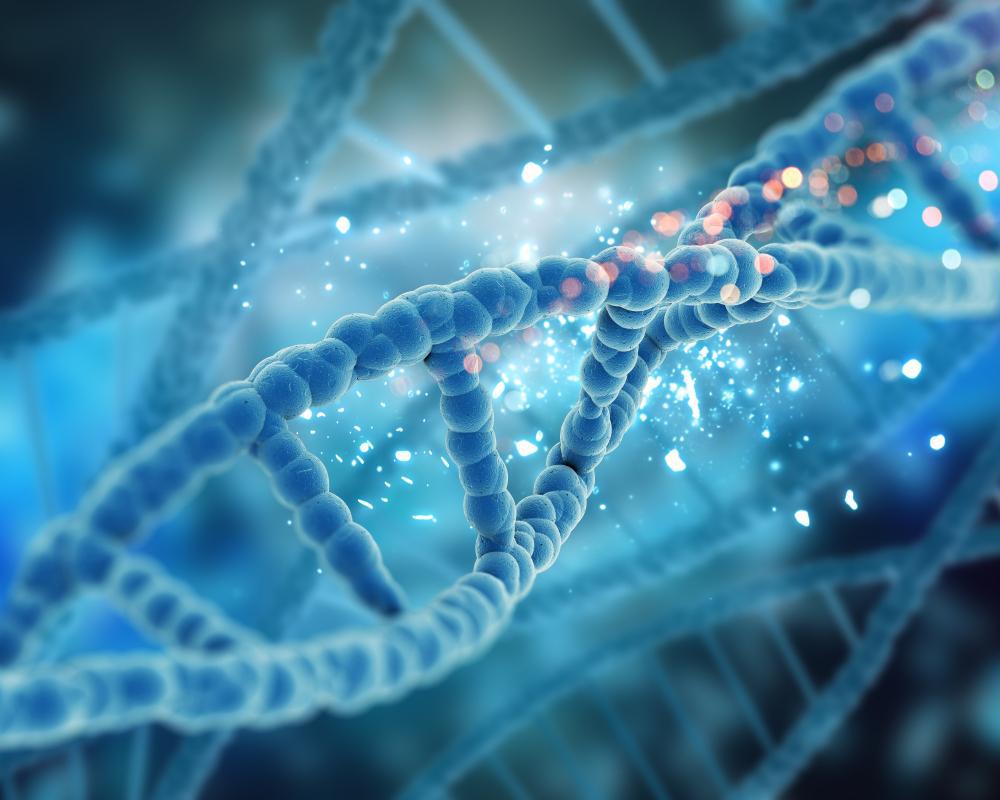
Source: Freepik
Initially, Viviane Slon, a graduate student involved in the study, thought she had made an error.
Using New Tech to Look Back
Using ZooMs—a technology that allows collagen, which can survive in bones for hundreds of thousands of years, to be extracted and studied—the team can read structures like a molecular barcode.
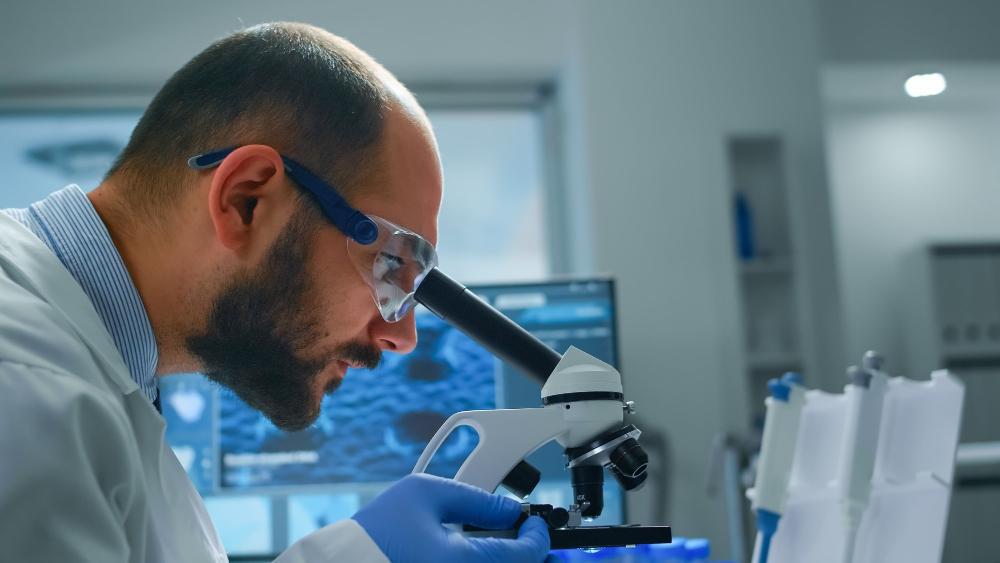
Source: Freepik
After months of examining samples, the team found the remains of a hybrid daughter of a Neanderthal mother and a Denisovan father.
Confirming the Hybrid Hypothesis
However, when the hybrid hypothesis was proposed, the DNA findings provided “good proof that this was real,” as she explained.
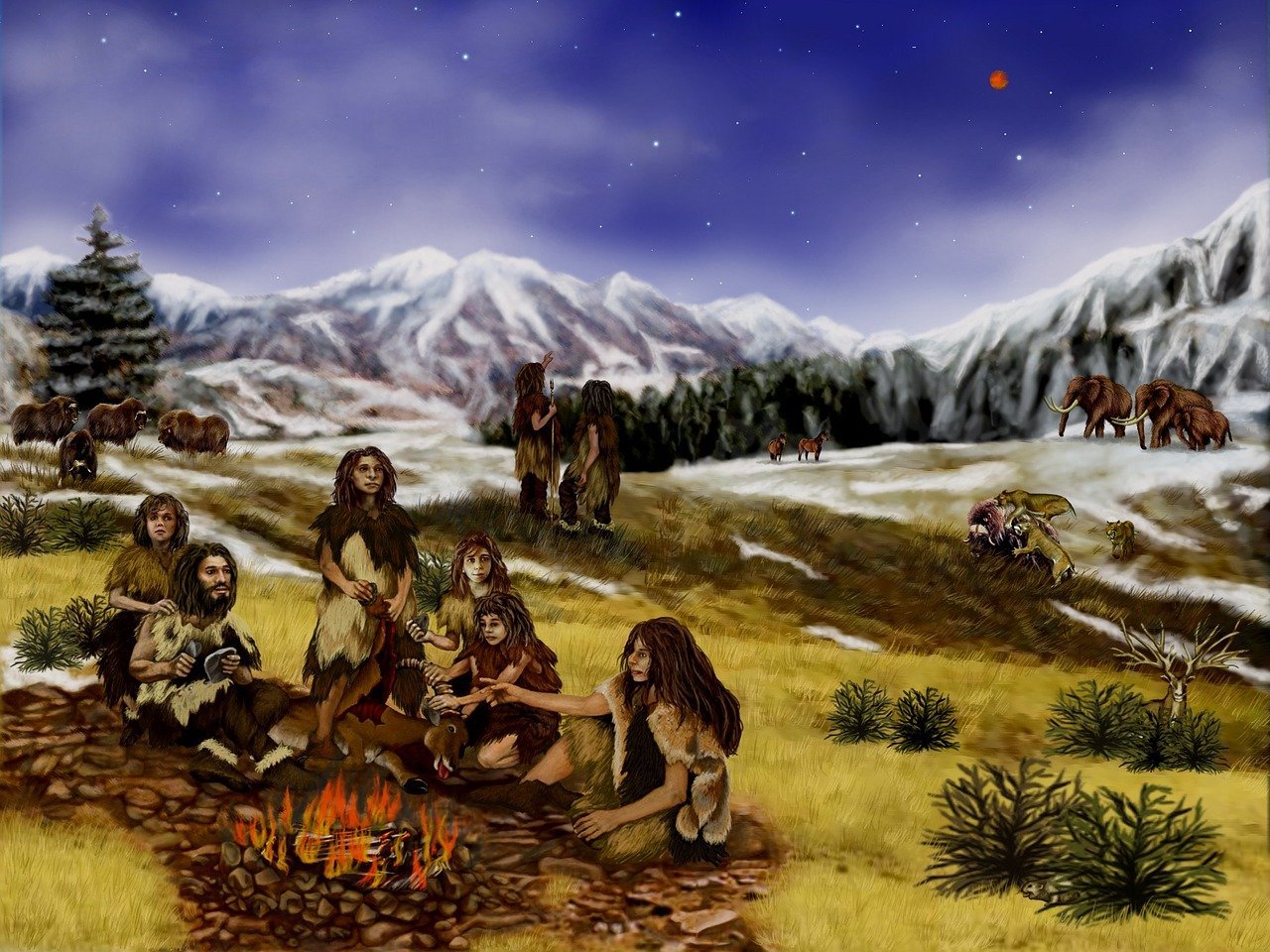
Source: athree23/Wikimedia Commons
By examining mitochondrial DNA, which is inherited exclusively from the mother, researchers determined that Denisova 11’s mother was a Neanderthal and her father was a Denisovan.
The Rich History of Denny
Nicknaming her Denny, the team likely discovered the first-generation individual of mixed ancestry. “The DNA of Neanderthals and Denisovans is distinct. We can easily tell them apart. That argues against frequent interbreeding; otherwise, they would have ended up with the same DNA,” the team stated.

Source: Freepik
However, as the team looked closer, they found that Denny’s father contained fragments of Neanderthal DNA, indicating that the two species had interbred earlier.
Tracing Ancestry and Migration Patterns
Her father’s DNA closely resembled that of the first Denisovan discovered in the same cave, while her mother’s DNA was more similar to Neanderthals who lived in Croatia thousands of years later.
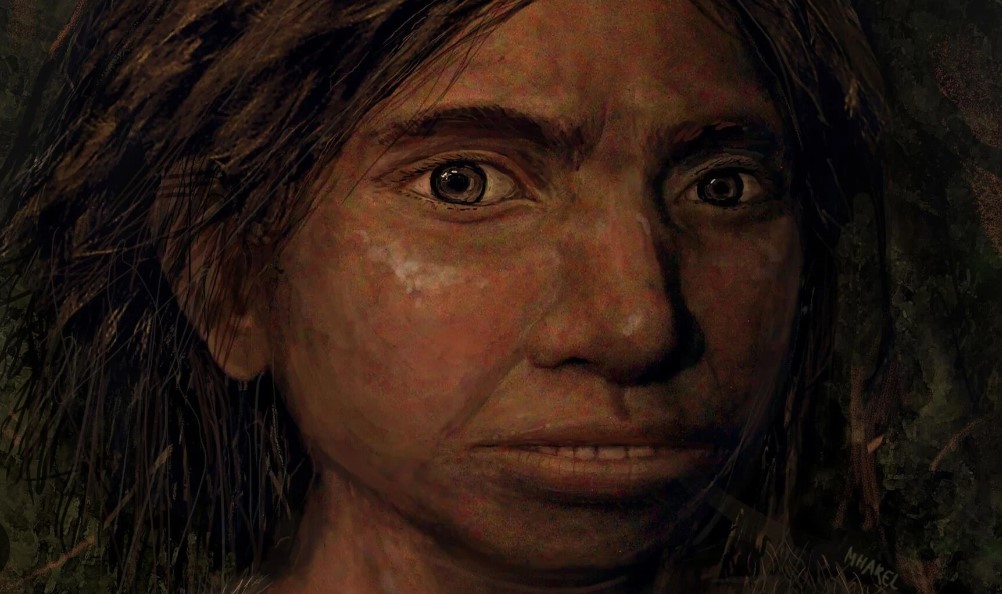
Source: Gizmodo
This suggests there were migrations of Neanderthal populations within the last 100,000 years.
The Growing Evidence of Ancient Interbreeding
In 2015, scientists discovered the 40,000-year-old remains of a modern human who had a Neanderthal great-great-grandparent.

Source: Warren Umoh/Unsplash
The identification of individuals with mixed DNA among the limited number of ancient human remains tested so far hints that more such discoveries are likely.
Neanderthals and Denisovans Remain in Separate Groups
Although Denisovans and Neanderthals appeared to interbreed repeatedly, their lineages remain distinct. The ancestors of Neanderthals settled in Europe and the Middle East, whereas Denisovans migrated farther east into Asia to evolve separately.
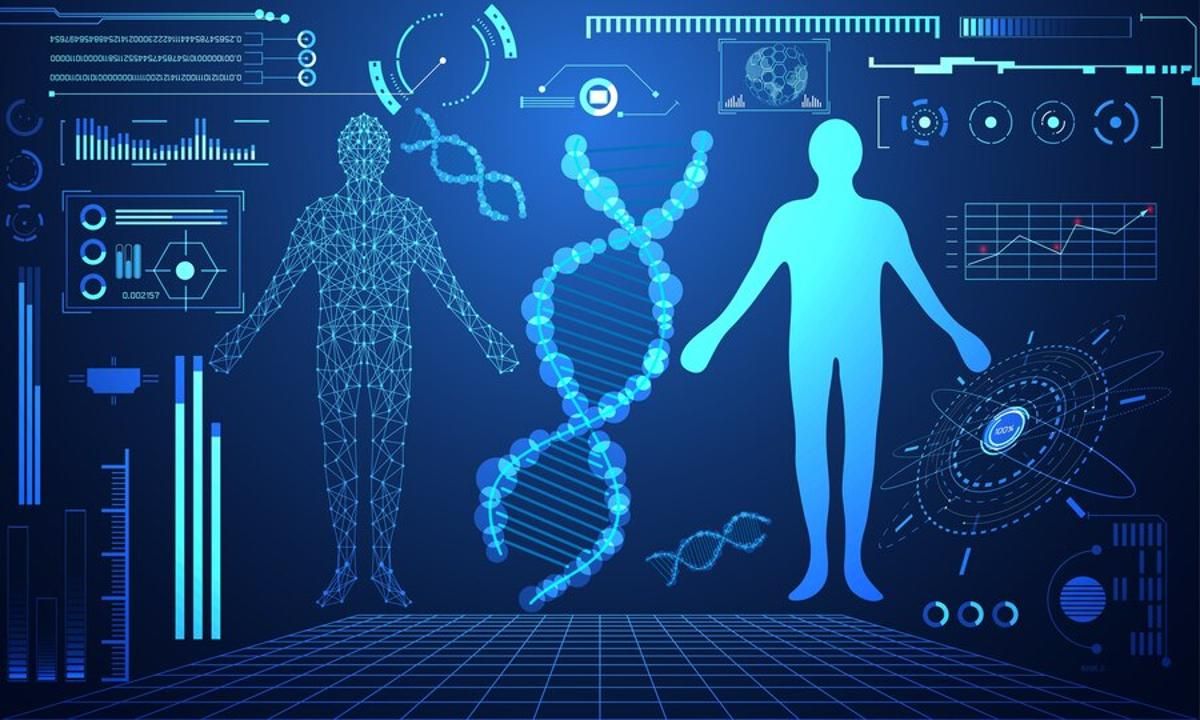
Source: Freepik
Denisovans acquired roughly 300,000 genetic changes that differentiate them from Neanderthals. “Neanderthals and Denisovans remain in separate groups,” Peyrégne stated in his talk (via Science), noting that they mixed at the edges of their geographic ranges.
Ancient DNA in Modern Genomes
Furthermore, it’s now known that most people outside Sub-Saharan Africa carry some Neanderthal or Denisovan DNA, with the types and amounts varying by region. You, the reader, may even have Neanderthal ancestry!
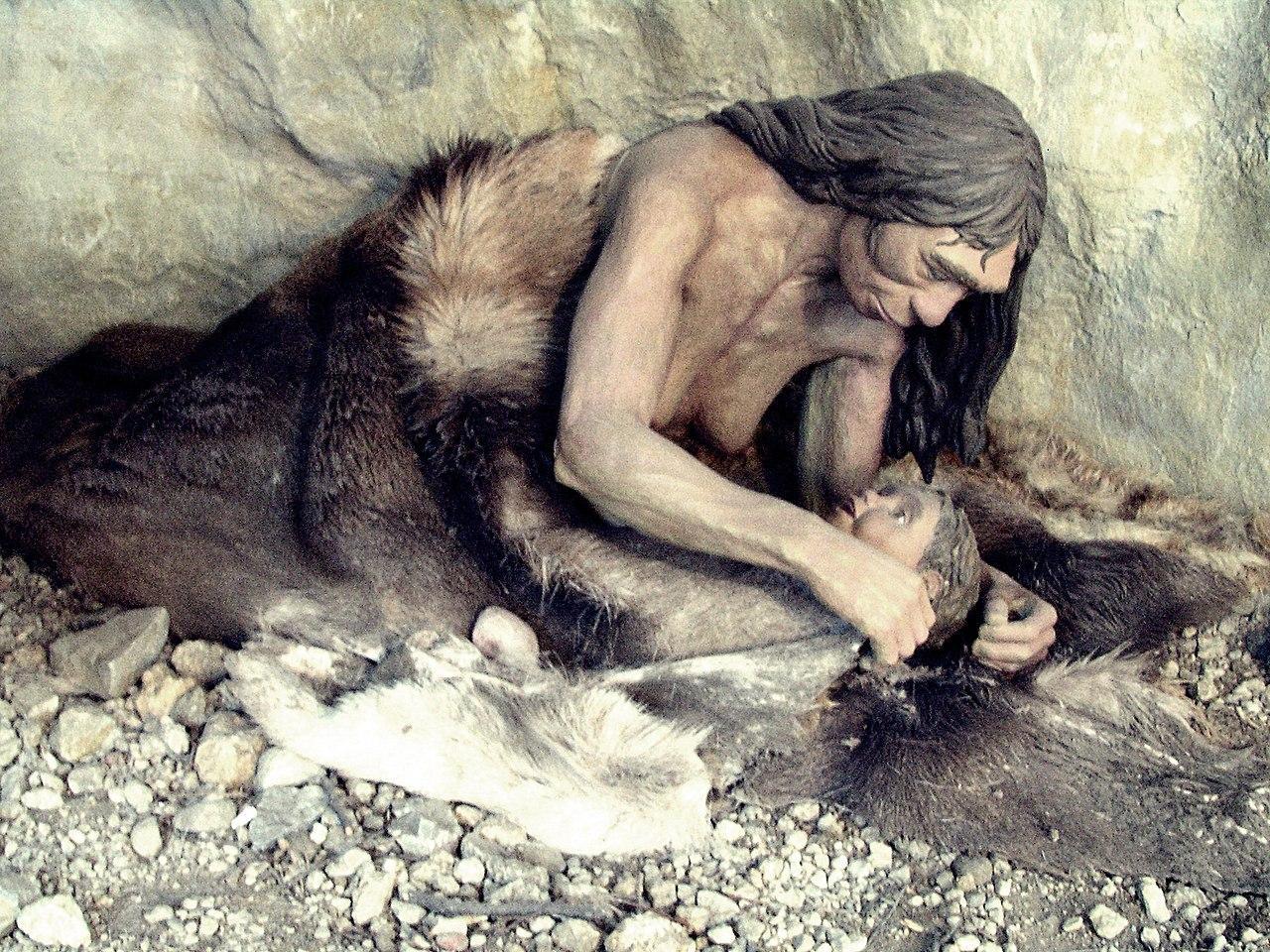
Source: Wikimedia
The practice of genetically sequencing ancient human remains has only emerged in the last decade.
Exciting and Mysterious Discovery
“It’s truly exciting to have one more genome from this mysterious group,” says population geneticist Priya Moorjani of the University of California, Berkeley.

Source: Wikimedia
“It tells us a lot more about these elusive ancestors … helping us learn what this group was like and how it interacted with other groups.”
A New Chapter in Human Interbreeding Evidence
Since then, evidence of interbreeding between modern humans and other subspecies has steadily accumulated. However, this discovery marks the first direct evidence of interbreeding between Neanderthals and Denisovans themselves.
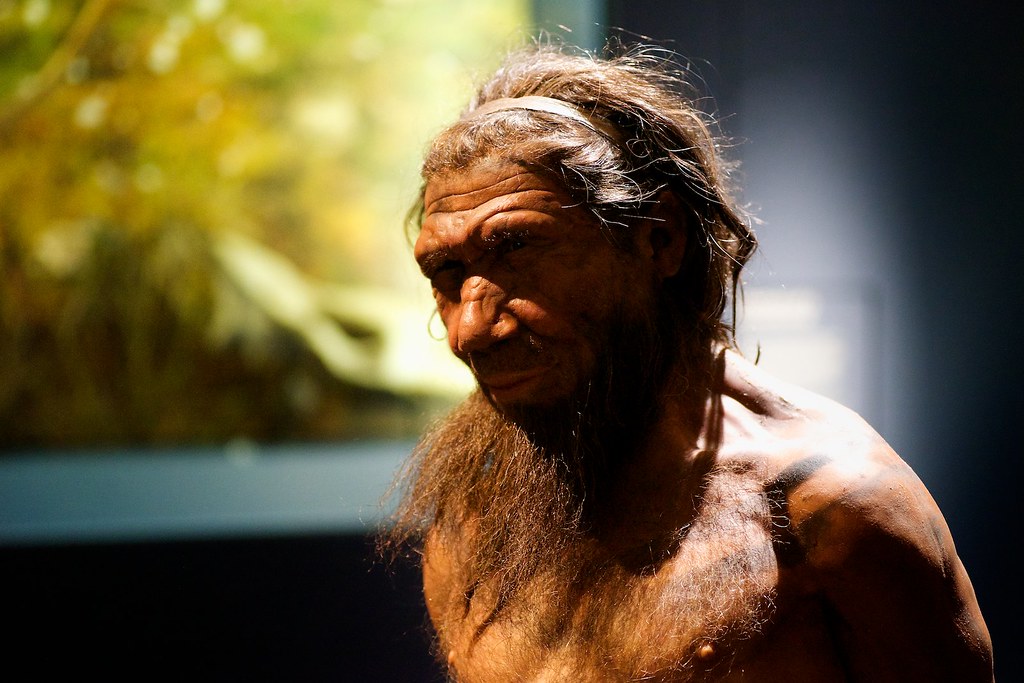
Source: Paul Hudson/Flickr
This finding challenges theories that attribute Neanderthal or Denisovan DNA in modern humans to a shared common ancestor, as it provides direct evidence of interbreeding between these ancient groups.
Blending of Humanity
Both DNA and fossils indicate that modern humans occupied the cave as well, suggesting that Denisovans and Neanderthals in the cave contributed to an intersection of various human types.

Source: Wikimedia
How modern humans came to occupy the cave without sharing as much DNA with the two ancient human-like ancestors is unclear at this point.
Implications of Hybrid Evidence for Ancient Interbreeding
The existence of a hybrid individual suggests that interbreeding may have been either common or not particularly unusual, potentially supporting the idea that Neanderthals and Denisovans interbred with humans to the extent that they eventually merged into a single population. More evidence is needed, however, to confirm this theory.
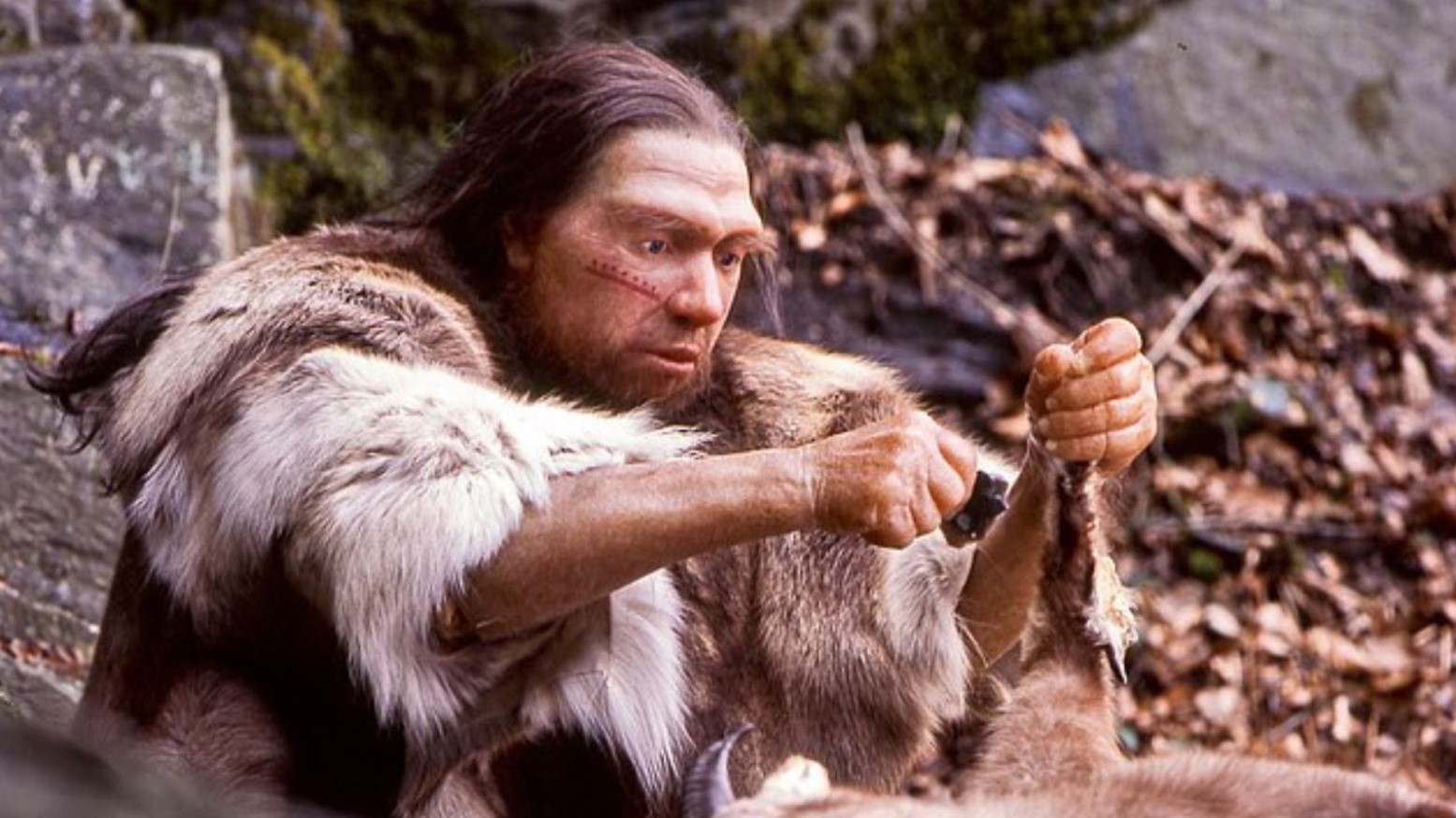
Source: Neanderthal-Museum/Wikimedia Commons
This discovery sheds light on the fact that we were not the only humans on this planet. Not long ago, we shared Eurasia with close evolutionary relatives. While their extinction remains a mystery, this finding offers valuable insights into our ancient cousins.
The Human DNA Crossroad
Past studies have provided clear evidence that Denisovans and modern humans interbred at one point, just as modern humans also crossed paths with Neanderthals.
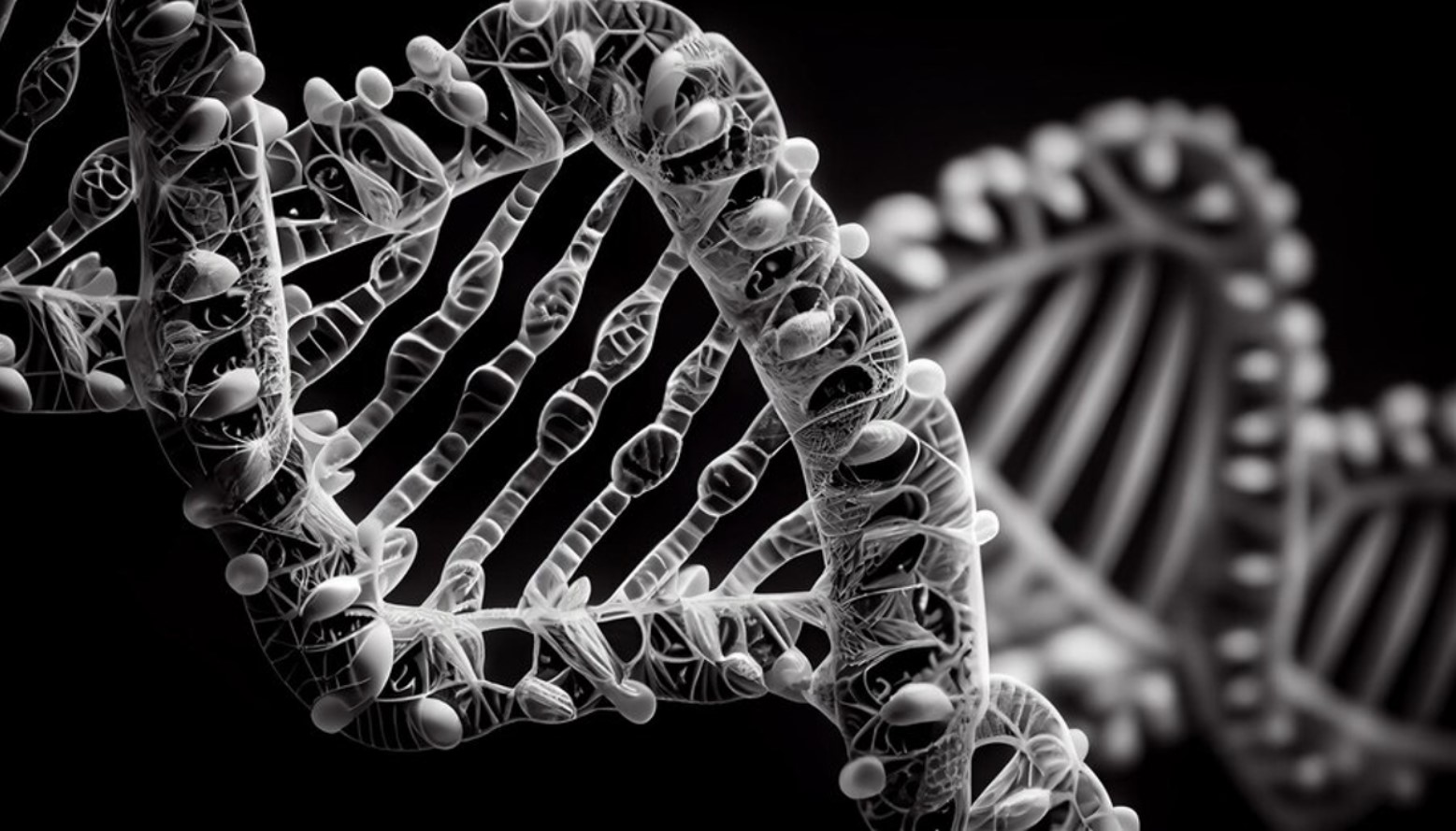
Source: Freepik
This lineage intertwines significantly, creating a fascinating crossroads that isn’t as clean-cut as many might think.
More Research Is Needed
Researchers need to conduct more studies to uncover additional fossils of Denisovans, which could help craft a clearer picture of what ancient humanity looked like.

Source: Freepik
“ZooMs is going to be crucial to this project,” Douka says. “We have shown that it is a powerful tool for pinpointing human fossils, making it ideal for tracking down Denisovans.”
